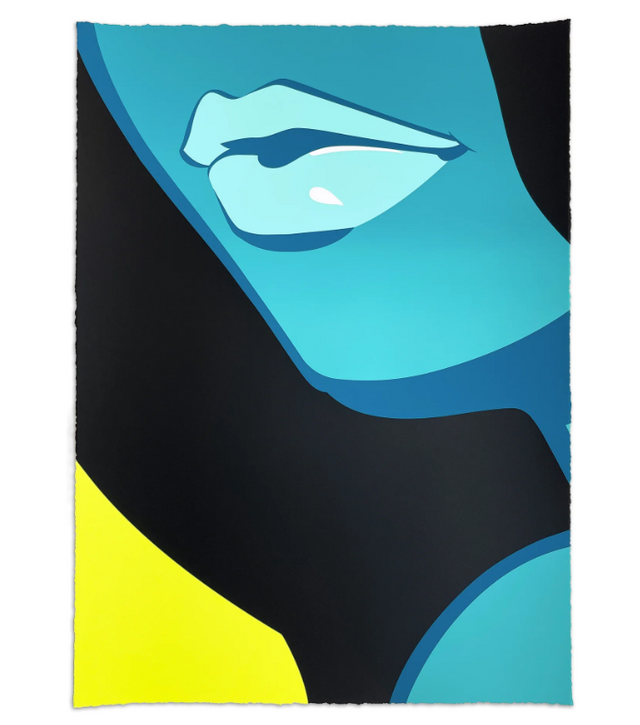
Hair
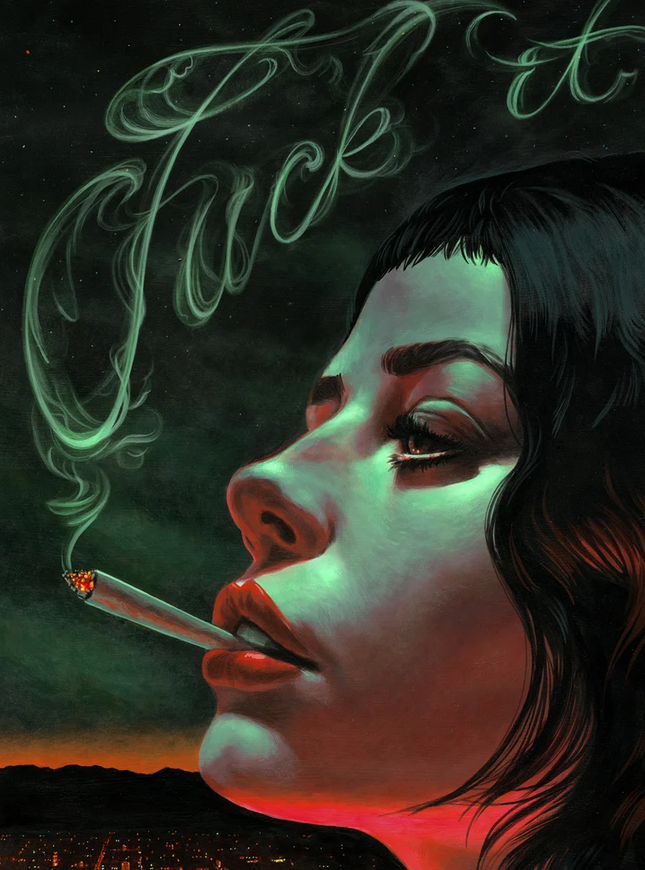
Casey Weldon Fuck It Archival Print by Casey Weldon
Fuck It Archival Print by Casey Weldon Limited Edition on 235gsm Fine Art Paper Pop Graffiti Street Art Artist Modern Artwork. 2023 Signed & Numbered Print Limited Edition of 100 Artwork Size 9x12 Archival Pigment Fine Art
$228.00
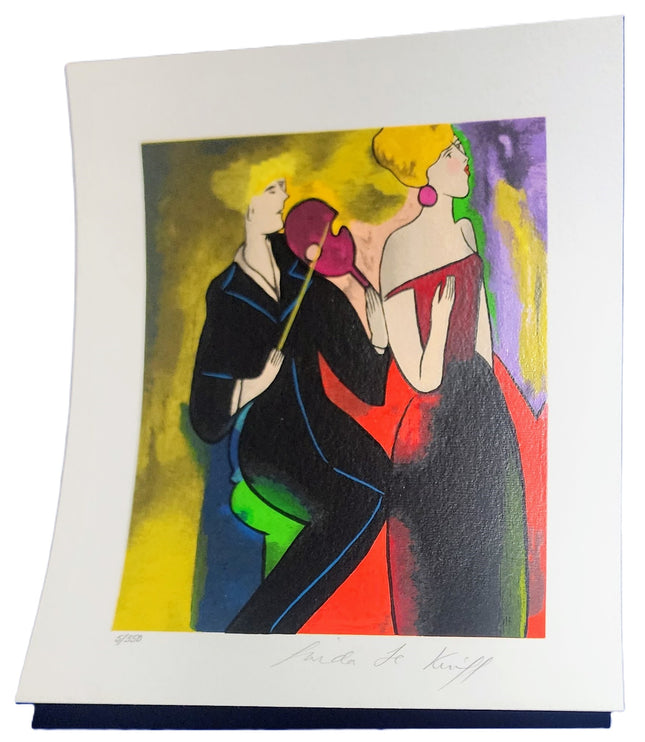
Linda Le Kinff Geant Geant Serigraph Print by Linda Le Kinff
Geant Serigraph Print by Linda Le Kinff Limited Edition Hand Pulled Artwork on Wove Fine Art Paper Modern Street Graffiti Pop Artist. 2006 Signed & Numbered Limited Edition of 350 Artwork Size 9x10.5 Blond Women Classical Opera Singer & Violist Orchestra Performance. Linda Le Kinff's "Geant" Serigraph: A Modern Art Marvel Linda Le Kinff's "Geant" emerges as a vibrant serigraph that captures the essence of modern street graffiti and pop art. This 2006 signed and numbered limited edition of 350 pieces, measuring 9x10.5 inches, is a testament to Le Kinff's mastery over the serigraphic process and her ability to convey complex human emotions through bold, colorful imagery. Crafted on wove fine art paper, "Geant" reflects the artist's deep engagement with the aesthetics of modern art and her commitment to producing works that resonate with the energy and spirit of contemporary urban culture. Transcending Boundaries with "Geant" Linda Le Kinff's "Geant" represents a unique fusion of traditional serigraphic techniques with the thematic boldness typically found in street and pop art. The artwork features a dynamic composition that draws the viewer into an intimate moment shared between figures, rendered with an elegance and fluidity that belies the typically rough-hewn nature of street art. Le Kinff's choice of colors and her precise application of ink speak to the influence of graffiti art's spontaneity and pop art's fascination with the spectacle of daily life. The Impact of Linda Le Kinff's Artistic Vision The serigraph "Geant" stands as a pivotal piece in Linda Le Kinff's oeuvre, encapsulating the artist's innovative approach to creating modern art that is accessible and emotionally impactful. Her work does not simply hang on a gallery wall but interacts with the space and the onlooker, inviting interpretation and introspection. The limited edition nature of "Geant" further emphasizes the value placed on each piece, ensuring that every print is not just a reproduction but a unique work of art in its own right. Linda Le Kinff's "Geant" celebrates modern street graffiti and pop art, showcasing the artist's ability to blend classic artistry with contemporary themes. Her work inspires and captivates audiences, securing her place as a significant figure in the modern art world.
$75.00
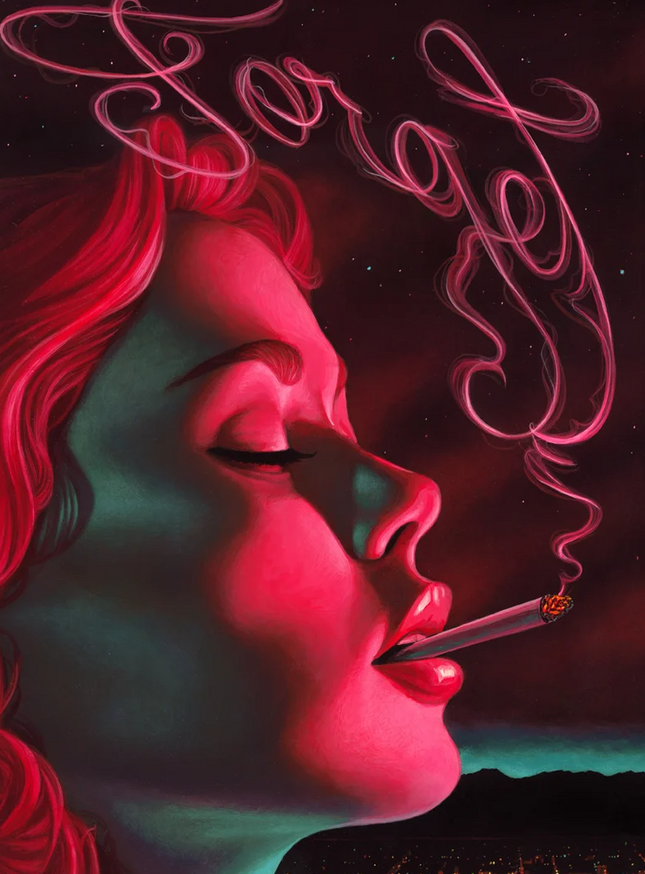
Casey Weldon Forget Archival Print by Casey Weldon
Forget Archival Print by Casey Weldon Limited Edition on 235gsm Fine Art Paper Pop Graffiti Street Art Artist Modern Artwork. 2023 Signed & Numbered Print Limited Edition of 100 Artwork Size 9x12 Archival Pigment Fine Art
$228.00
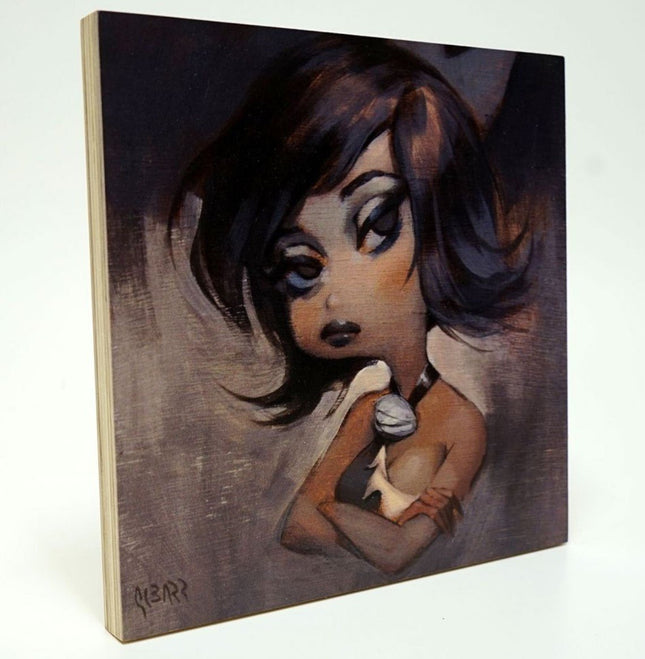
Glenn Barr The Long Night Wood Archival Print by Glenn Barr
The Long Night Print on Wood Panel Framed Ready to Hang by Glenn Barr Modern Pop Artist. 9 x 9 in. (22.86 x 22.86cm) Exclusive fine art wood print on 3/4" sustainable Birch, bright white finish. Limited edition of 50 fine art wood canvas prints hand signed by Glenn Barr. Betty Rubble From the Classic Cartoon TV Show Flintstones
$406.00

Helice Wen Pattern Study #1 Giclee Print by Helice Wen
Pattern Study #1 Artwork Giclee Limited Edition Print on Fine Art Paper by Pop Culture Graffiti Artist Helice Wen. 2015 Signed & Numbered Limited Edition of 40 Artwork Size 9x12 Helice Wen - "Pattern Study #1" fine art giclee print hand embellished signed and numbered by the artist edition of 40 9" x 12"
$99.00






